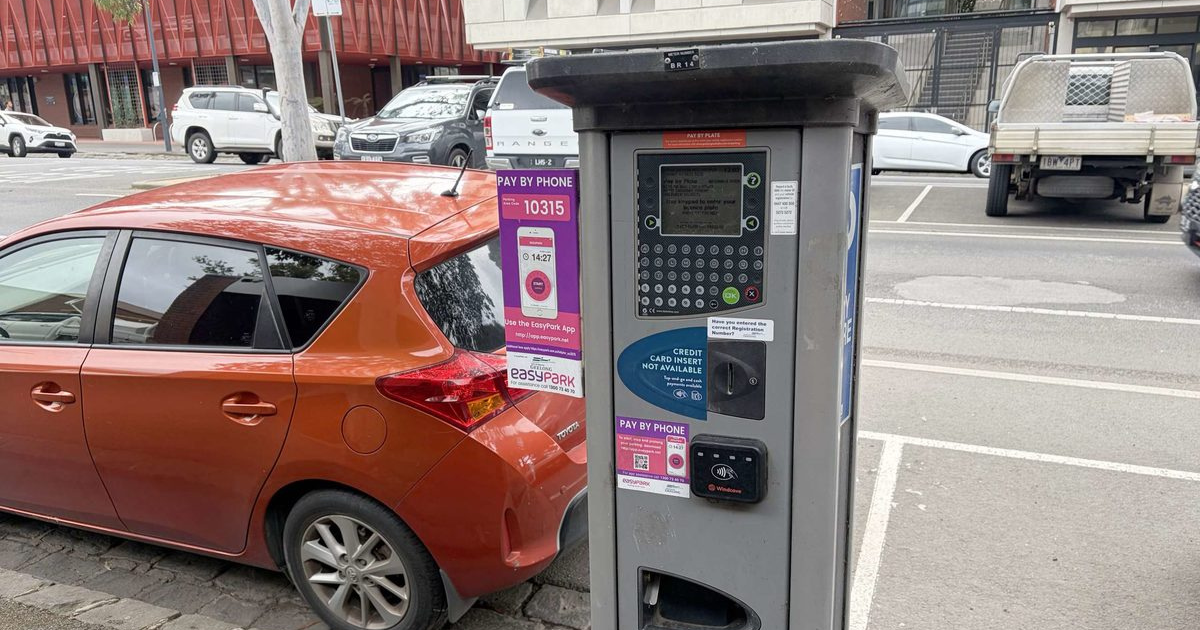Proposed Geelong council boundaries revealed
THREE options for the City of Greater Geelong’s future electoral structure are on the table for ratepayers to have their say.
An Electoral Representation Advisory Panel has released a preliminary report on a new council structure that will take effect from the 2024 elections.
The Geelong municipality must shift to a single-councillor ward system from next year under recent state government legislation, which require this model for regional city councillors.
The city now has 11 councillors spread across four wards, meaning its structure requires a shake-up to meet the new requirements.
The number of wards to be part of the new-look city and their names and boundaries are subject of the present review.
Two of the proposed models favour using 11 single-councillor wards to retain the same number of councillors, while one proposes adding an additional councillor to have 12 in total.

The proposed structures are:
- Model 1: Retaining current ward boundaries as much as possible by dividing existing wards into multiple wards, to ensure shared interests. Disadvantages include the Cowies Creek Ward covering up to Anakie also taking in part of Highton to ensure voter distribution
- Model 2: Uses roads and geographical features to separate wards which is considered to better group communities, especially on the Bellarine. Some suburbs are split in Geelong’s north, while Armstrong Creek is paired with the eastern Bellarine due to population, and
- Model 3: A 12-ward structure with an additional councillor to accommodate population growth. Allows for smaller wards with more recognisable boundaries. Drawbacks include dividing Ocean Grove in two and imperfect splits in Geelong’s south-west.
Proposed electoral structure models take into account recent and forecast population changes, shared interests of neighbouring communities, geographical features and social diversity.
Each ward must represent a population that falls within 10 per cent of the municaplity’s average to ensure equal representation of communities.
The Victorian Electoral Commission is accepting feedback on the proposals until July 26, which are now available to view online at vec.vic.gov.au/greater-geelong
An online hearing will follow on August 1.
The panel will include feedback in its recommendation that it will present to Local Government Minister Melissa Horne by August 30 for approval.


















